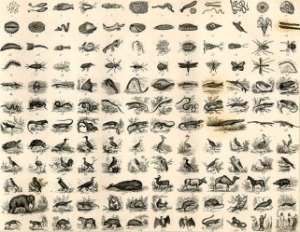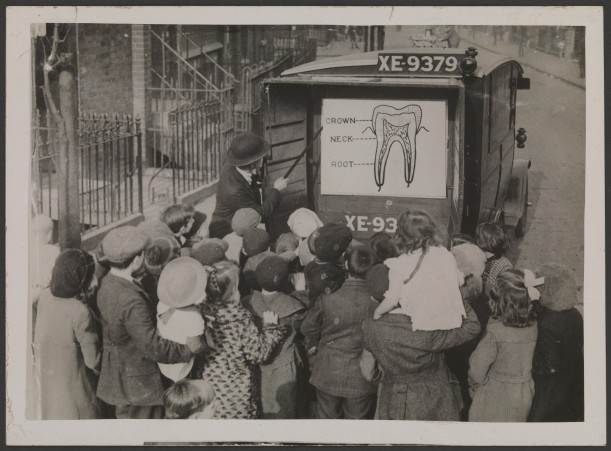
Our programme for Trinity Term is now announced with three seminars taking place at St Anne’s College.
Drinks will be served after each seminar and all are welcome.
Tuesday 10 May 2016 (Week 3)
Dr Anne Secord, University of Cambridge
The Politics of Participation: Early Nineteenth Century Scientific Citizens
The construction of British scientific communities in the early nineteenth century, especially in natural history, was a confessedly more inclusive process than that involved in sustaining the Republic of Letters in the previous century. This inclusiveness, however, did not involve a loosening of the constraints that governed participation, but more regulation of the means by which participation occurred. Scientific reformers in the 1830s proposed various models for organising wider groups of participants to ensure the most efficient collection and use of scientific information. The development of standardised procedures and increased vigilance, however, allowed cooperation without the necessity of consensus, and working-class participation in science often confounds expectations that shared practices imply shared aims. By looking at periodicals and other evidence of occasions of practice, Dr Secord will suggest that working-class participants held different views of knowledge and community which implicitly challenged the idealised division of labour proposed by scientific reformers
5.30 – 7.00, Seminar Room 3, St Anne’s College
Wednesday 18 May 2016 (Week 4)
Sydney Padua, Animator and Graphic Artist
Imaginary Engines- Lovelace, Babbage, and the Analytical Engine
Sydney Padua is an animator and graphic artist, whose graphic novel The Thrilling Adventures of Lovelace and Babbage won the British Society for the History of Mathematics Neumann Prize, the British Book Design Award and was a finalist in Goodreads Best Graphic Novel. Unusually for a graphic novel, The Thrilling Adventures is heavily footnoted, and combines detailed research with the creation of an alternative reality in which Ada Lovelace and Charles Babbage join forces to complete the world’s first computer, the Difference Engine, whilst embarking on a series of wonderfully illustrated adventures which involve major cultural figures from the Victorian period. In this talk, Sydney Padua reflects on Lovelace and Babbage’s achievements, her own creative interpretations, and visions of his Analytical Engine.
5.30 – 7.00, Seminar Room 3, St Anne’s College
Tuesday 7 June 2016 (Week 7)
Dr Staffan Müller-Wille, University of Exeter
Names and Numbers: “Data” in Classical Natural History, 1758–1859
According to a famous formula going back to Immanuel Kant, the late eighteenth and early nineteenth centuries saw the transition from natural history to the history of nature. This paper will analyze changes in the institutions, social relations, and media of natural history that underwrote this epochal change. Focussing on the many posthumous re-editions, translations, and adaptations of Carl Linnaeus’s taxonomic works that began to appear throughout Europe after publication of the tenth edition of his Systema naturae (1758), Dr Müller-Wille will argue that the practices of Linnaean nomenclature and classification organized and enhanced the flows of data—a term already used by naturalists of the period—among a wide range of amateur and professional naturalists and associated institutions in new ways. Species became units that could be “inserted” into collections and publications, re-shuffled and exchanged, kept track of in lists and catalogues, and counted and distributed in ever new ways. On two fronts—biogeography and the search for the “natural system”—this brought to the fore entirely new, quantitative relationships among organisms of diverse kind. By letting nature speak through “artificial“ means and media of early systematics, Dr Müller-Wille argues, new powerful visions of an unruly nature emerged that became the object of early evolutionary theories. Classical natural history as an “information science” held the same potential for generating surprising insights, that is, as the experimentally generated data of today’s data-intensive sciences.
5.30 – 7.00, Seminar Room 3, St Anne’s College




 Dental health publicity, Bermondsey. Credit: Mirrorpix/ Southwark Local History Library and Archive/ Wellcome Images
Dental health publicity, Bermondsey. Credit: Mirrorpix/ Southwark Local History Library and Archive/ Wellcome Images 
